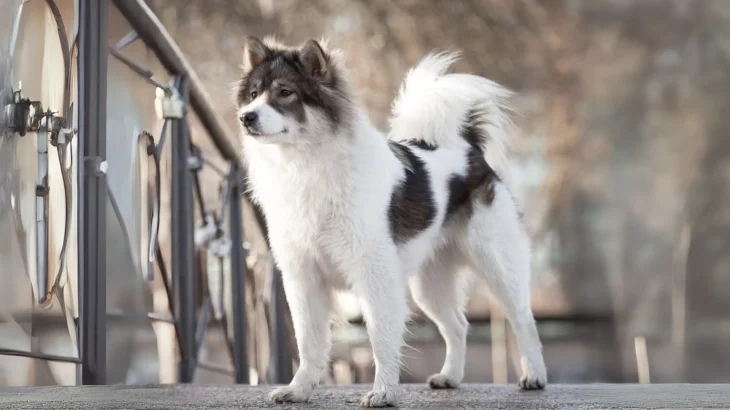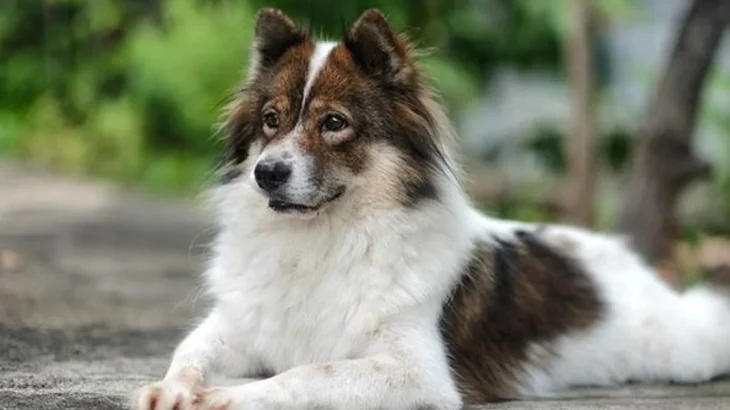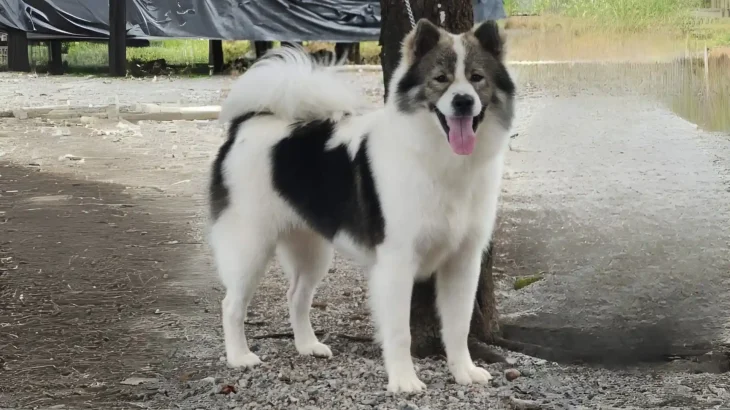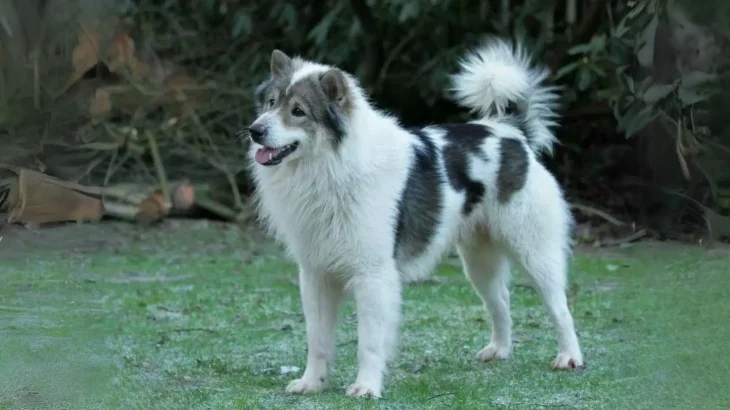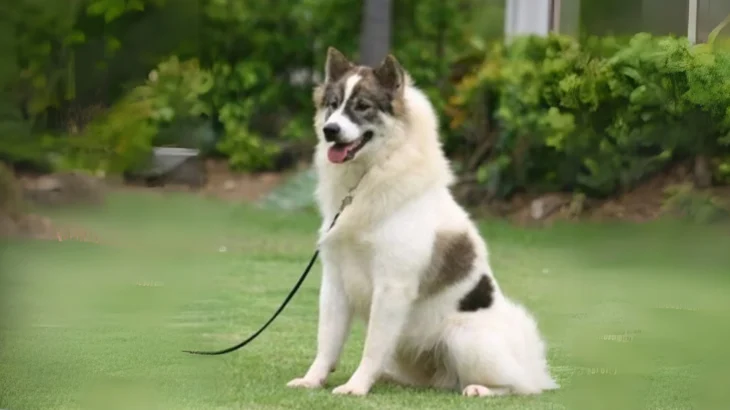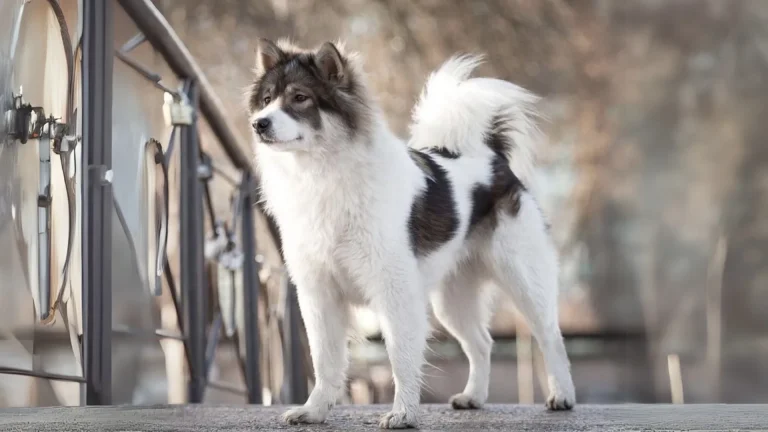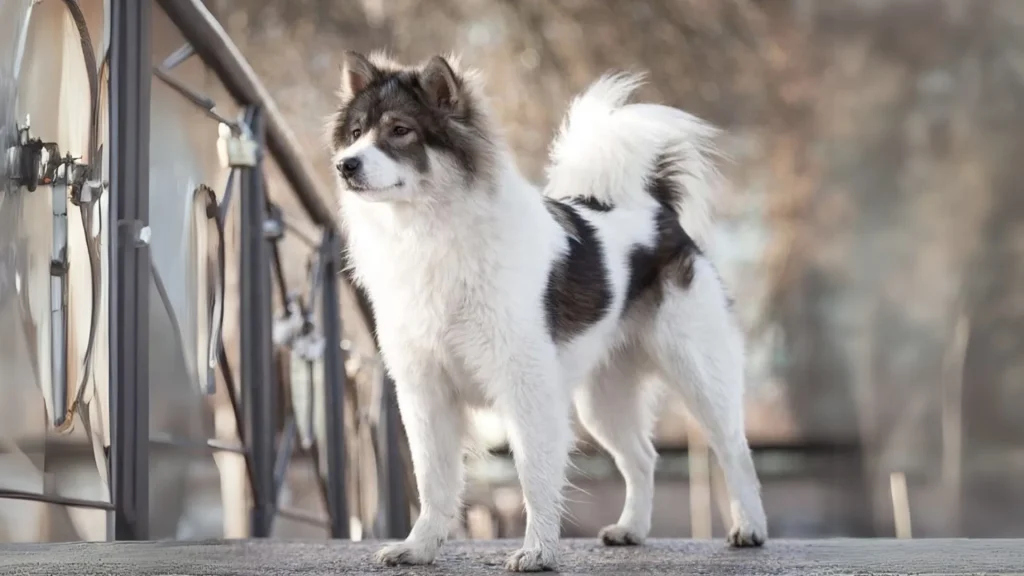Deciding whether to adopt or purchase a Thai Bangkaew Dog puppy largely depends on your priorities regarding cost, health transparency, and support. Purchasing from a reputable breeder guarantees known lineage and health history, while adopting may offer a loving dog needing a home but with less certainty about background. Both paths have unique benefits that suit different potential owners.
Adoption vs. Breeder: Pros & Cons
| Criteria | Buying from Breeder | Adopting from Shelter/Rescue |
|---|---|---|
| Cost | Higher cost due to pedigree and breeder expenses. | Lower fees, often includes vaccinations and neutering. |
| Health History | Comprehensive health records and genetic screening typically provided. | Health history may be limited or unknown; basic checks usually done. |
| Age Availability | Primarily puppies, allowing early socialization and training. | Varied ages including adults, which can suit different owner preferences. |
| Temperament Insight | Breeders can share lineage temperament traits and early behavior. | Temperament is based on observation; less background info available. |
| Supporting Practices | Supports preservation of breed when breeder is ethical. | Supports animal welfare by rescuing dogs in need. |
| Breed Purity & Pedigree | Documents and pedigree guaranteed, ensuring breed standards. | Breed purity often uncertain or mixed, less relevant if focused on companionship. |

